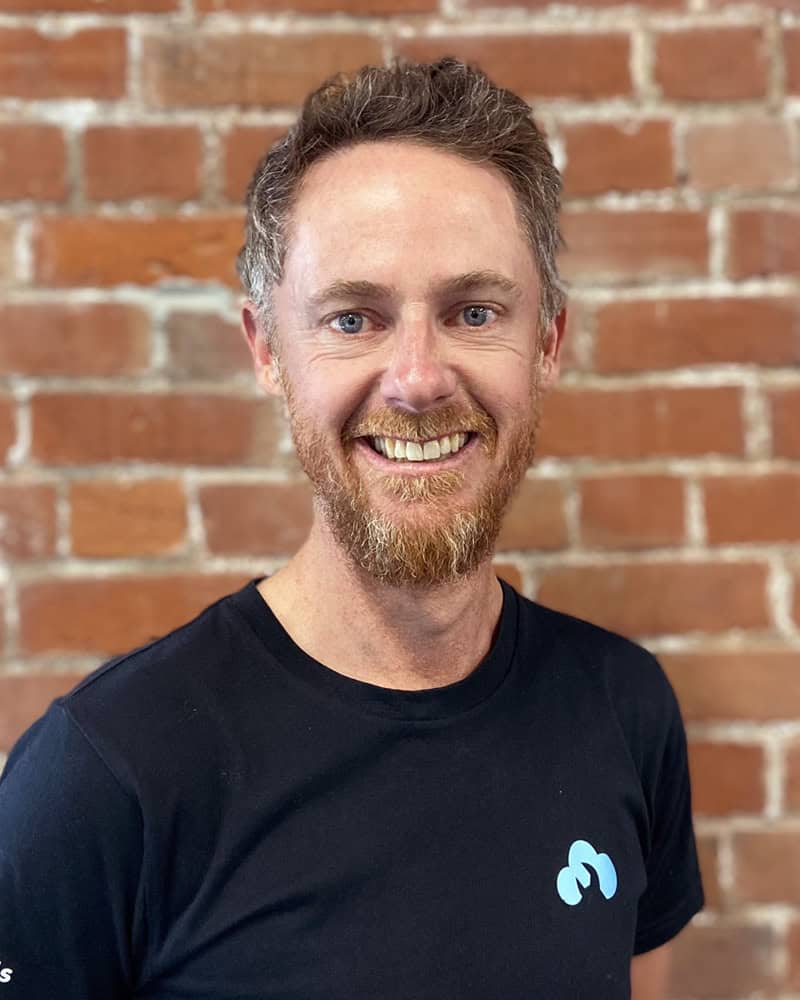“That’s just the way it is in health”
About 15 years ago I worked as a public health analyst for a regional health board in New Zealand. I was involved in a project exploring delivering a patient portal. It was early days but the vision was clear: to make access to healthcare simpler and more connected.
Fast forward a decade and I found myself back at the same health board, this time demo’ing a portal my team and I had been building. There were maybe 15 people in the room, most of them the same folk I’d sat with a decade earlier. Same topic. Same barriers. Still talking about the same problems.

What struck me was the inertia. To be clear, I don’t think anyone in that room was content with the status quo. But despite everyone’s best intentions, this particular problem hadn’t shifted. That moment made something click for me. We weren’t going to move it by waiting for perfect conditions. We had to start doing and keep doing, even when it’s hard.
Why there is inertia
“Things move slowly, that’s just the way it is in health.” I’ve heard this phrase more times than I can count in my nearly two decades in health. Most of the time it’s not said with urgency or frustration, it’s said with resignation, with acceptance. Like it’s something immovable. But that slowness isn’t immovable and it’s not something inherent to healthcare. It’s a result of the decisions we make, the systems we build, and the cultures we maintain.
The inertia exists because of us.
Take the way we fund and structure care. It’s siloed by design, with services contracted in verticals, each part incentivised to optimise within its own boundaries. General practice for general practice, pharmacy for pharmacy, hospitals for hospitals… the list goes on. That might make sense in a funding model, but patients don’t experience care in parts, they experience the whole. When no one is funded or mandated to own the spaces between, it’s patients, their whānau, and frontline teams who end up carrying the load.
Why The In Between is so hard
I’ve given this space a name: The In Between. It’s a nod to Stranger Things and The Upside Down, a distorted version of reality hidden from view and dangerous when ignored. Healthcare has its own version. A layer of the system sitting beneath the surface of clearly defined services, where accountability is blurred and important things fall through the cracks without anyone noticing.
The In Between is hard to define and that’s part of the problem. It’s not a line item in a contract or attached to a KPI. It’s the space after a referral is sent but before anything happens. It’s the handoff between primary care and community services. It’s when a patient is discharged from hospital with instructions to follow up with their GP, but no one checks whether that actually happens.
It’s where the real patient journey lives.
This is the part of the system that gets me out of bed. I’m fortunate to be in a role where I can do something about it at scale. My focus is on co-designing solutions that don’t just work within services but help join them up. That means reducing friction, closing gaps, and making care easier to navigate for both patients and providers.
That said, working in The In Between is hard. The challenge isn’t just technical, it’s organisational, relational, and deeply human. Every connection is a negotiation. It means navigating ownership, competing priorities, risk appetite, and the fatigue that builds when people are constantly asked to bridge gaps between systems that were never designed to connect. Progress is built on goodwill, relationships, and workarounds, all of which are vulnerable to turnover, shifting priorities, and policy changes.
There’s also the question of value. Technology has enormous potential to improve healthcare, but when that value lives in The In Between, who pays for it? The benefit to the patient might be clear, but if no single service or organisation owns the outcome, it often goes unfunded.
A hopeful future grounded in doing
Progress starts by getting the right people in the room. It sounds simple.. understand the problem together, agree there’s value in solving it, and commit to working together. In practice, this is one of the hardest things to do. Everyone is stretched and The In Between rarely sits in anyone’s direct line of responsibility. The good news is, once you create the conditions for shared understanding, things begin to shift.
I’ve seen it firsthand. Not through endless meetings with no clear outcomes, but through doing. Through co-designing and delivering solutions, pushing them live, watching what lands and what doesn’t, and standing alongside the people delivering care to understand what’s helping and what’s getting in the way.
One of the clearest lessons I’ve learned is that progress depends on us. Our time, focus, belief, and resilience. These are often stretched thin in a system that asks too much from too few. That’s why enablement and support aren’t nice to haves, they’re foundational.
I’ve seen that real transformation doesn’t need to be massive or perfect, It just needs to be real. Solve actual problems with the people who face them. Do that consistently and see trust build and momentum follow.
At the heart of all this is the human layer. While technology can deliver real value, it’s people who decide what gets used, what gets shared, and what gets ignored. When we lead by listening, involve people in the design, and show up to support delivery, value doesn’t need to be explained, it’s experienced.
That’s how perceptions shift and progress is made. While I certainly don’t claim to have all the answers, I have experienced what’s possible when we stop accepting inertia as inevitable. That’s why I’m writing this.
We all shape the system we work in and we all have a role in shifting it.






